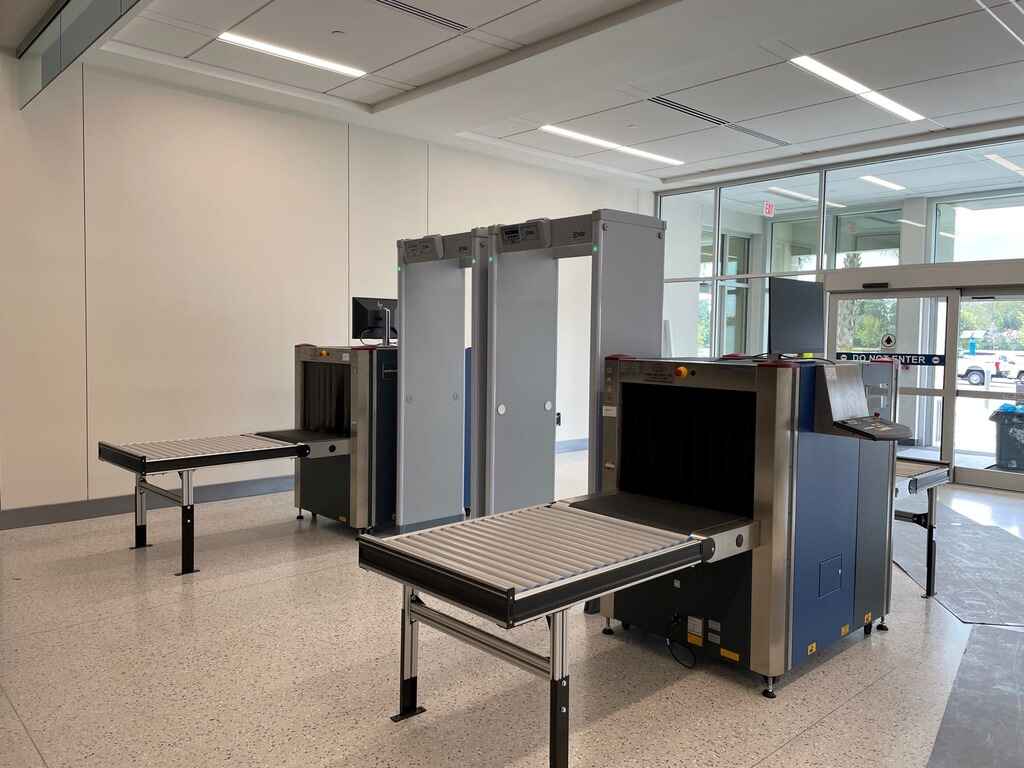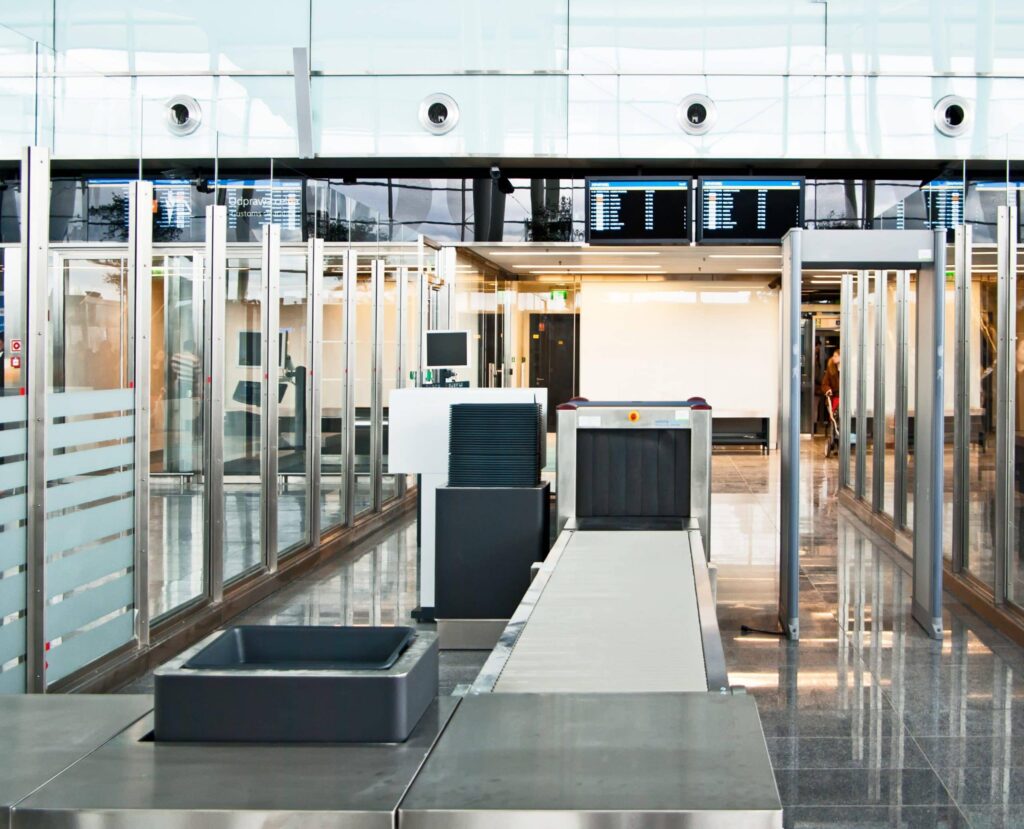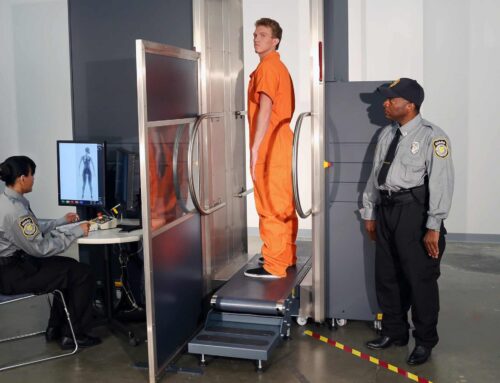Explosives detection systems are critical components in ensuring the safety and security of airports worldwide. These systems are designed to detect and identify explosive materials and devices, preventing potential threats from endangering passengers and airport personnel. This article will explore how these systems work, their importance, and best practices for effective implementation.
How Explosives Detection Systems Work
Explosives detection systems utilize various technologies to identify explosive materials. Key methods include:
-
Trace Detection: This involves collecting and analyzing samples for trace amounts of explosive residues. Techniques such as ion mobility spectrometry (IMS) and mass spectrometry are commonly used.
-
Bulk Detection: These systems detect larger quantities of explosives by using imaging technologies such as X-ray or computed tomography (CT) scanners, which provide detailed images of the contents of luggage and cargo.
-
Chemical Detection: These methods involve chemical reactions that indicate the presence of explosive compounds. They often use colorimetric tests or other chemical sensors.
Importance of Explosives Detection Systems
Explosives detection systems are essential for several reasons:
-
Passenger Safety: They protect passengers and staff from potential terrorist attacks involving explosive devices.
-
Operational Continuity: Detecting and neutralizing threats promptly ensures that airport operations are not disrupted.
-
Compliance: Airports must comply with international and national security regulations, many of which mandate the use of explosives detection systems.
-
Confidence and Trust: Ensuring robust security measures enhances public confidence in air travel.
Types of Explosives Detection Systems
-
Checkpoint Explosives Detection Systems (CEDS): Used at passenger checkpoints to screen carry-on luggage.
-
Checked Baggage Explosives Detection Systems (CBEDS): These systems screen checked luggage in the baggage handling area.
-
Cargo Screening Systems: Employed to screen cargo before it is loaded onto aircraft.
-
Handheld Detectors: Portable devices used by security personnel for on-the-spot screening.
Best Practices for Implementation
-
Integrate with Other Security Systems: Explosives detection systems should be part of a comprehensive security strategy that includes CCTV, access control, and biometric systems for maximum effectiveness.
-
Regular Maintenance and Calibration: Ensure that all equipment is regularly maintained and calibrated to operate at peak efficiency.
-
Training for Security Personnel: Continuous training for security staff on the latest techniques and protocols is essential for effective threat detection and response.
-
Adherence to Standards: Follow guidelines and standards set by organizations such as the International Civil Aviation Organization (ICAO) and local aviation authorities.
-
Layered Security Approach: Employ a multi-layered security approach that includes multiple detection systems and methods to increase the likelihood of threat detection.
-
Real-Time Data Analysis: Use systems that offer real-time data analysis and alerts to ensure prompt response to detected threats.
-
Public Awareness and Communication: Educate the public about security procedures and the importance of explosives detection to ensure cooperation and compliance during screenings.
The effective use of explosives detection systems is vital to maintaining airport security and protecting against potential threats. By understanding how these systems work, their importance, and best practices for their implementation, airports can enhance their security measures and ensure a safe environment for all passengers and staff.






